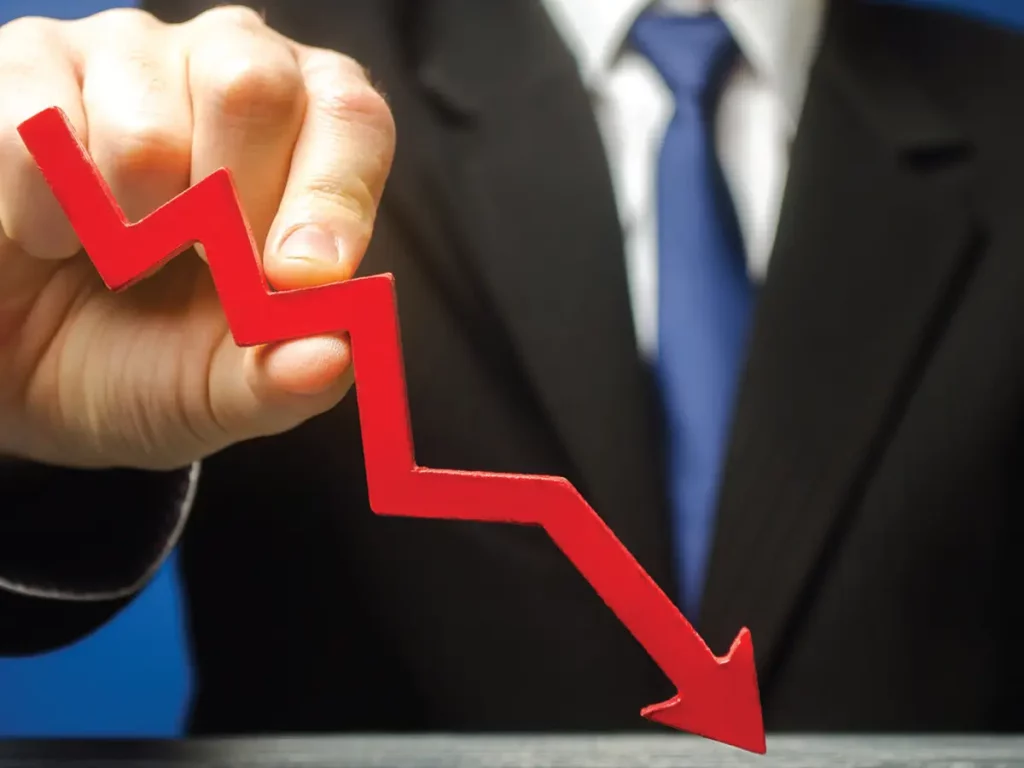 The economy is been pretty unpredictable post the pandemic. For this very reason, we do not know for sure if we are headed for a recession in the year 2023. Presently economists from the Federal National Mortgage Association familiarly called Fannie Mae are predicting a recession to start in early 2023. The expectations for these figures to have been arrived at are as a result of economic growth of 1.2% in 2022 all set to fall at 0.1% in 2023. Analysts estimate economic growth in 2023 to be around 0.1% whilst others are predicting a growth rate of -0.4%.
The economy is been pretty unpredictable post the pandemic. For this very reason, we do not know for sure if we are headed for a recession in the year 2023. Presently economists from the Federal National Mortgage Association familiarly called Fannie Mae are predicting a recession to start in early 2023. The expectations for these figures to have been arrived at are as a result of economic growth of 1.2% in 2022 all set to fall at 0.1% in 2023. Analysts estimate economic growth in 2023 to be around 0.1% whilst others are predicting a growth rate of -0.4%.
This means that investors can still make money in a recession but at a difficult stance. Though this mixed economic data has shown two consecutive quarters of negative economic growth, the National Bureau of Economic Research NBER has yet to confirm if we are in recession territory as of now. This doubt still lingers due to the exhibited consumer confidence that has remained pretty resilient over recent months as the labor market has been strong.
The Pasta Bowl Recession
With all the continuous speculation of whether or not a recession is up ahead, a new term has been coined namely “the pasta bowl recession”. Like the name, it is to represent a recession that may be quite long but shallow like a pasta bowl. The US economy contracted 3.4% in 2020, 2.6% in 2009, 1.8% in 1982. The International Monetary Fund is projecting continued economic growth for the US through 2022 and into 2023.
Though the economists at the IMF are expecting GDP growth to slow they are projecting an overall increase of 2.3% in 2022 and a 1% increase in 2023. With these numbers, they are expecting the US economy to narrowly avoid a recession which is good news for investors and workers. With both these economists stating that 2023 is expected to be a slower year for economic growth compared to 2022, there is no big button that gets pressed and no immediate impact on regular people. Whether economic growth is 0.2% or -0.2% it won’t present much of a difference in daily life. But yet again that means that careful decisions around money need to be taken and how you need to continue to grow in the challenging background.
The Strength of Artificial Intelligence Amidst the Challenges
Investing in a bullish market makes more sense as the investors can get away with a less than optimal investing strategy as the overall market trend can drag up many stocks that do not warrant a rise in their price. But that’s so not the case in a bear market or a flat market. It is a tough economy where the predictions are hard. There is too much information to consider and different interpretations that it is not easy to cut through the noise. Humans learn out of the experience so much that they have an in-built bias that is very hard to counteract. We tend to remember certain things that impacted us and we put weight on them even if they are not relevant. For example, the odds of being struck by lightning are about one in a million. It is a very rare event and not even worth considering. But if you have been hit by lightning before, it will probably play in your mind in the future.
In such a case, Artificial Intelligence (AI) acts differently. An algorithm process millions of data points in a second, assess them, and make projections with zero emotion involved. It’s one of the reasons Q.ai started to make cutting-edge trading technology available to everyone. Q.ai is an AI-powered investment strategy wherein when you deposit $100 an additional amount of $100 is added on. It was created with the intention that you can implement sophisticated and fast-acting strategies that can react to the market conditions and predict the future alongside.
Getting Positive from An Investor’s Perspective
An expected recession means an open market for opportunities as long as you know where to look. During periods of low or no economic growth, large companies outperform small ones. This is primarily because they have diversified revenue streams, a better customer base, and a more predictable supply chain.
Smaller companies tend to struggle as it gets challenging for them to continue at a pace they were following initially. And in the case of companies that aren’t generating profits, a drop in revenue can be tough to get through. In such a case the Large Cap kit makes sense.
This is a pair trade that is a sophisticated trading strategy reserved for high-net-worth hedge fund clients and is made available to all. Simply put it works by taking a long position in US large cap stocks and at the same time holding a short position in mid and small cap US stocks. So really speaking, it doesn’t matter whether the overall market is up, down, or sideways as long as large companies outperform small ones, investors get to make money. The Kit has a long position in the 1000 biggest US companies and a short position in the next 2000 and is automatically rebalanced every week. It is a limited-Edition Kit which means when the opportunity goes the trade is closed.